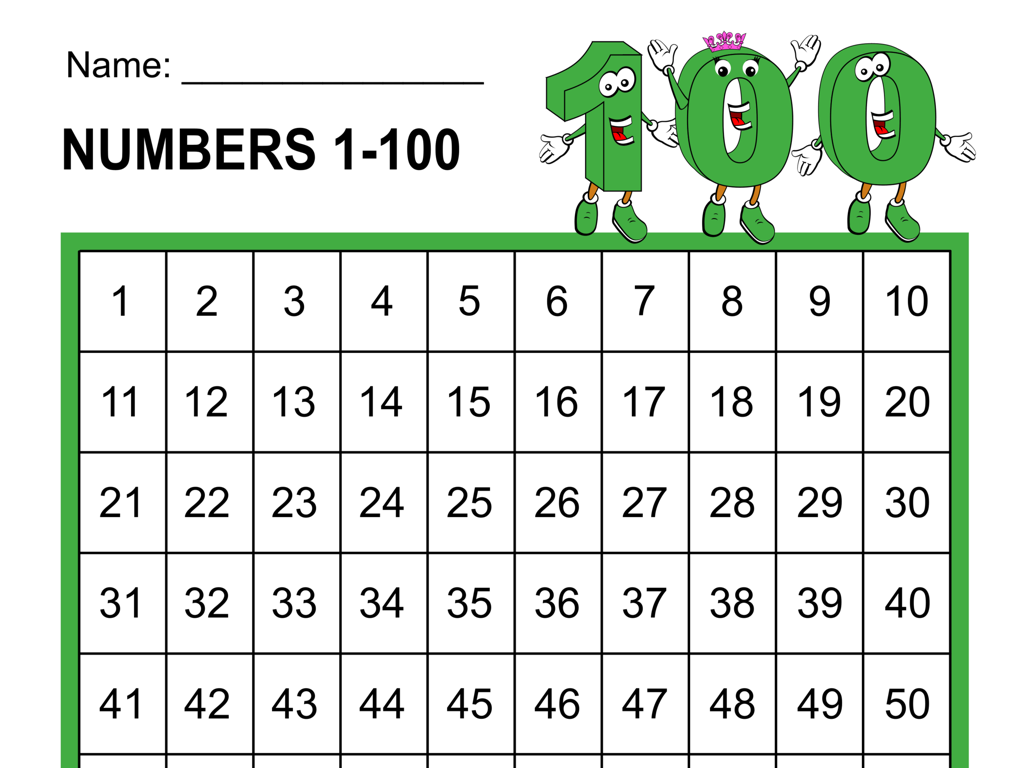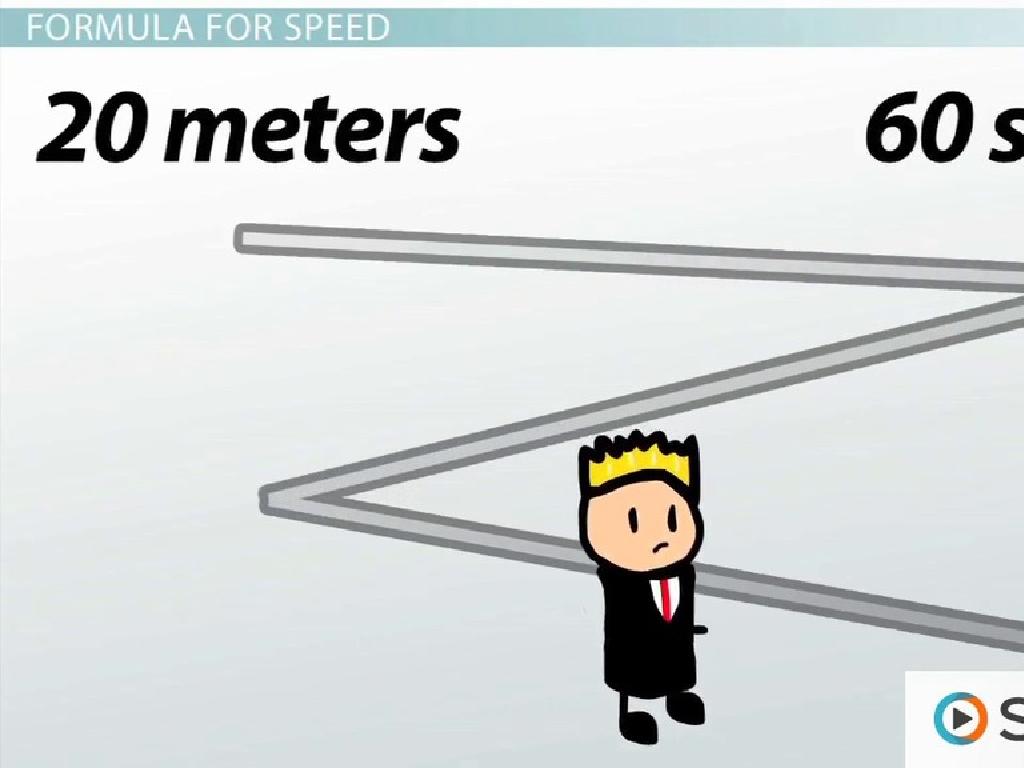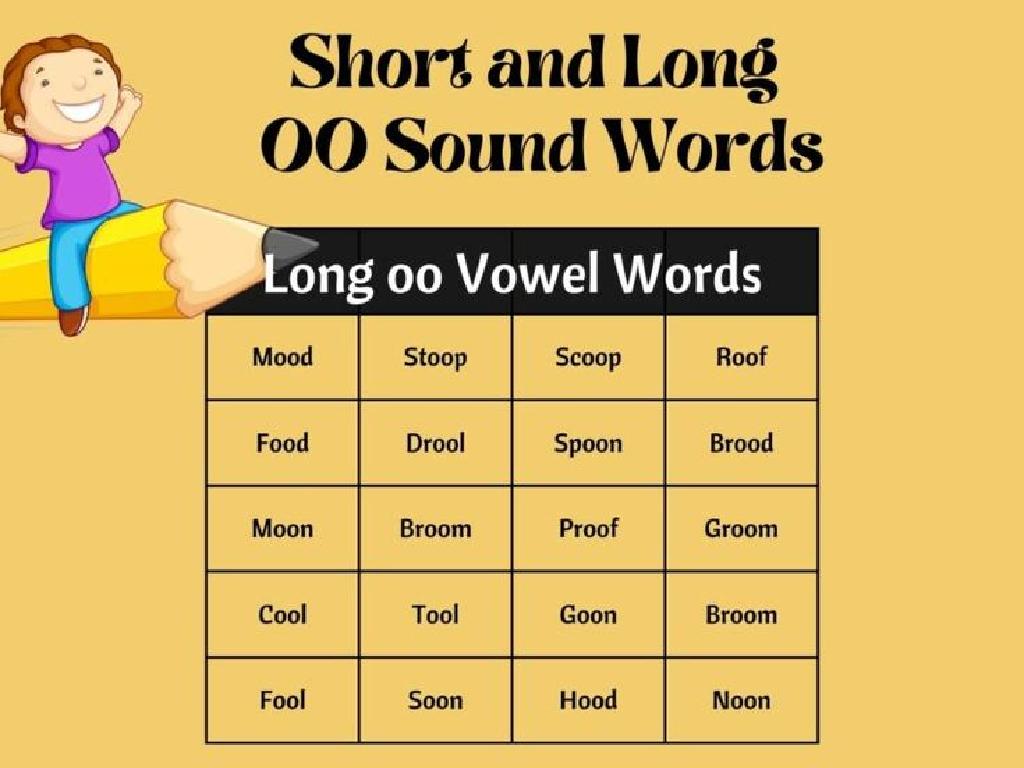Use Compensation To Add - Up To Three Digits
Subject: Math
Grade: Second grade
Topic: Addition Strategies: Three Digits
Summary: This second grade math lesson teaches students how to use the compensation strategy for adding three-digit numbers. By rounding one number to a nearby ten or hundred and adjusting the other, students learn a simple way to make addition faster and more accurate. The presentation offers clear examples, guided practice, and interactive activities to build confidence and strong mental math skills, making compensation a valuable tool for tackling larger addition problems.
Please LOG IN to download the presentation. Access is available to registered users only.
View More Content
Using Compensation to Add Big Numbers
– Learn a cool addition strategy
– ‘Using Compensation’ explained
– Adjust numbers to make them round, then fix the difference
– Makes adding big numbers easy
– Practice with examples together
– We’ll add numbers like 398 + 127 by rounding and adjusting
|
This slide introduces the concept of using compensation as an addition strategy for second graders. The goal is to simplify the process of adding large numbers by rounding them to the nearest ten or hundred, performing the addition, and then adjusting for the difference. It’s a technique that helps students to add more confidently and quickly. During the lesson, demonstrate this method with clear examples, such as rounding 398 to 400 and then subtracting the compensation after adding. Allow students to practice with similar examples and provide guidance as needed. Encourage them to explain their thought process to reinforce their understanding.
Understanding Compensation in Addition
– What is compensation?
– A method to tweak numbers for simpler math
– It’s like helping a friend
– Adjust numbers to add easily
– Make a number round to add faster
– Example: 398 + 202
– 398 + 2 = 400, then add 200 to get 600
|
Compensation is a useful strategy for making addition easier by slightly changing the numbers. Explain to students that it’s like helping a friend by making a task simpler for them. For example, if we have to add 398 and 202, we can first add 2 to 398 to make it a round 400, which is easier to work with. Then we can easily add the remaining 200 to get 600. This method helps students to add numbers quickly in their heads by working with round numbers. Practice this strategy with several examples and encourage students to try creating their own compensation problems.
Why Use Compensation in Addition?
– Adds speed and accuracy
– A math trick for our brains
– Think of it as a shortcut to solve addition problems.
– Great for big numbers
– Instead of adding large numbers bit by bit, we make them round numbers to add quickly.
– Simplifies complex addition
|
Compensation is a useful strategy for adding numbers more efficiently, particularly when dealing with multi-digit numbers. It involves adjusting one of the numbers to a round number to make the addition easier, then compensating for this adjustment at the end of the calculation. For example, if adding 398 + 202, we can adjust 398 to 400 by adding 2, then add 400 + 202 to get 602, and finally subtract the 2 we added earlier to get the correct total of 600. This method helps students to add faster and with greater accuracy, making it a valuable tool for their mathematical toolkit. During the lesson, demonstrate this technique with several examples and encourage students to practice with numbers they find challenging.
Using Compensation to Add Numbers
– Understand compensation in addition
– Example: Adding 299 + 143
– Instead of 299, think of 300 to simplify
– Round numbers make adding easier
– 300 is easier to add than 299
– Balance changes with compensation
– Subtract 1 from 143 to maintain the total
|
Compensation is a strategy that helps make addition easier by rounding a number to a nearby ‘friendly’ number, then adjusting the other number to keep the total the same. For example, when adding 299 + 143, we can round 299 up to 300 for easier calculation. However, since we added 1 to 299 to make it 300, we must also subtract 1 from 143 to keep the sum unchanged. This method simplifies mental math and helps students understand the concept of balancing equations. Encourage students to practice with different numbers and to explain their thought process as they use compensation to add.
Let’s Practice Compensation!
– Start with 300 + 142
– Round 142 to 150
– Rounding makes numbers easier to add
– Add 300 + 150 easily
– 300 + 150 equals 450
– Subtract the extra 8
– Compensate for rounding by subtracting
|
This slide is designed to engage students in a practical application of the compensation strategy for addition. Begin by presenting the problem 300 + 142. Guide students to round 142 to the nearest ten to make it 150, which simplifies the addition process. Adding 300 and 150, students will find the sum of 450. Since we rounded up by 8, we must subtract 8 to compensate. The final answer is 442. This exercise helps students understand how to simplify complex addition by using rounding and compensation. Encourage students to practice this strategy with different numbers and to explain their thought process.
Your Turn to Try: Compensation Strategy
– Let’s solve problems on the board
– Round numbers to make adding easy
– If you have 123 + 289, round 289 to 290
– Adjust the other number for balance
– Then change 123 to 122 to keep the sum the same
– Practice makes perfect
|
This slide is an interactive activity where students will apply the compensation strategy to add three-digit numbers. Start by demonstrating a few examples on the board, showing how rounding one number to the nearest ten can simplify the addition process. Emphasize the importance of adjusting the other number to ensure the total sum remains unchanged. Encourage students to participate by coming up to the board to try problems themselves. Provide guidance and positive feedback as they work through the problems. This hands-on experience will help solidify their understanding of the compensation strategy in addition.
Class Activity: Compensation Creation
– Create compensation problems
– Partner up and exchange problems
– Solve the problems you receive
– Class review of answers
|
This activity is designed to engage students in creating their own math problems using the compensation strategy for addition, which helps them to understand the concept better. Students will work in pairs to create problems that involve adding three-digit numbers, then trade with another pair to solve different problems. This peer-to-peer interaction encourages collaboration and critical thinking. At the end of the activity, we’ll review the answers together, allowing students to discuss different approaches and clarify any misunderstandings. For the teacher: Prepare a few examples to demonstrate the activity, facilitate the pairing and trading process, and ensure each pair creates problems of appropriate difficulty. Possible activities could include adding numbers close to multiples of 10 or 100, or adjusting one addend to make a round number before adding.
Conclusion: Mastering Compensation in Addition
– Compensation simplifies addition
– Adjust numbers to make them round
Make a number a multiple of 10 or 100 for easier addition.
– Balance the change in the second number
If you add to one number, subtract the same from the other.
– Practice the strategy with different numbers
Try adding numbers at home to become a compensation expert!
|
This slide wraps up the lesson on using compensation to add three-digit numbers. Emphasize that compensation is a useful strategy to simplify the addition of large numbers by rounding one number and adjusting the other to maintain the balance. Encourage students to practice this method at home with various numbers to build their confidence and proficiency. Remind them that the goal is to make mental math quicker and more efficient. Provide examples and suggest that they use everyday situations to find opportunities to apply this strategy, such as adding prices while shopping or scores in games.





